This is the first total solar eclipse I have seen and exceeded all my expectations. The naked eye views were nothing less than spectacular photographs and video does not do it justice. Binocular and telescope views were impressive but did not give you the same feelings that something extraordinary was going on.
For two days before the eclipse the weather forecast from several web sites were calling for cloudy skies while some showed clear blocks for the time of totality. I got up at 4:30AM the day of the eclipse and checked the weather once again and now two sites were saying clear in Grand Island for totality, originally I was planning to view the eclipse in Ravenna. Three other members of our group decided to drive West for a better chance of clear skies but Walter and I decided for Grand Island that was only 1 hour Southeast from where we were staying in Ord, NE.
Drove to Grand Island on Monday morning with fog lifting about half way there. As we were looking for a place to setup our equipment saw someone with a telescope setup on the grass at a Days Inn. Decided that was a good place so we joined him. It turned out he had come from Italy to view the eclipse and meet with his friend and family from Colorado, who are also Italians. In all there were about 14 people viewing the eclipse at the Days Inn.
The eclipse journey was planed by my brother Walter which I shared the driving of his car with. It took 3 days to drive from Maryland to Nebraska.
William E. Rison
Eclipse began at 11:34 AM CDT.
Top row pictures 1 & 3 taken using eyepiece projection on Stellarvue SV80S APO with Vixen NLVW 30mm eyepiece and Pansonic Lumix DMC-ZS50 camera.
Top row pictures 2 & 5 taken using Canon 60Da DSLR with Sigma 18-250mm zoom lens at 250mm f/8.0.
2nd row all pictures taken with Pansonic Lumix DMC-ZS50 Program exposure of Tasco 9TE 60mm by 700mm F.L. refractor using eyepece projection to white board with 17mm Plossl eyepiece.
Top row pictures 1 & 3 taken using eyepiece projection on Stellarvue SV80S APO with Vixen NLVW 30mm eyepiece and Pansonic Lumix DMC-ZS50 camera.
Top row pictures 2 & 5 taken using Canon 60Da DSLR with Sigma 18-250mm zoom lens at 250mm f/8.0.
2nd row all pictures taken with Pansonic Lumix DMC-ZS50 Program exposure of Tasco 9TE 60mm by 700mm F.L. refractor using eyepece projection to white board with 17mm Plossl eyepiece.
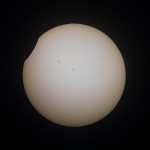
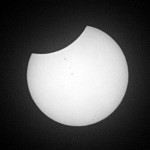
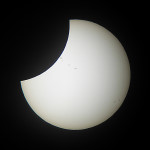
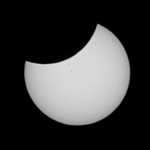
3%
20%
28%
33%
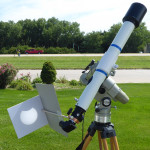
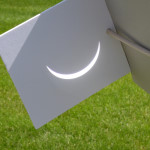
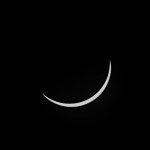
20%
92%
96%
Start of total eclipse at 11:58:29 AM CDT, maximum eclipse at 11:59:46 AM CDT,
end of total eclipse at 1:01:02 PM CDT.
Totality lasted for 2 minutes 33 seconds.
All pictures except 11 was taken using Canon 60Da DSLR with Sigma 18-250mm zoom lens at 250mm f/8.0.
Picture 11 taken with Panasonic DMC-ZS50 Program Pattern exposure of 1/15sec. f/6.4 ISO 1600, mounted on Vixen SXD2 mount.
Picture 11 taken with Panasonic DMC-ZS50 Program Pattern exposure of 1/15sec. f/6.4 ISO 1600, mounted on Vixen SXD2 mount.
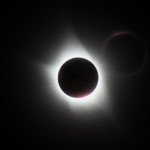
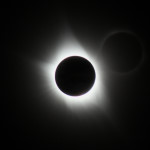
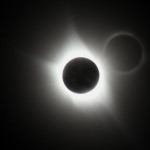
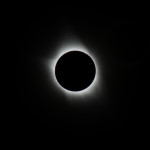
Totality just begun
Corona Streamers
Outer Corona
Inner Corona
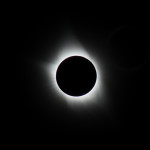
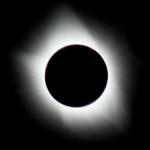

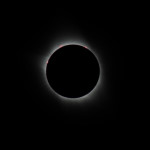
Corona
Corona Closeup
Prominences
Prominences
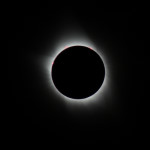
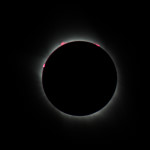
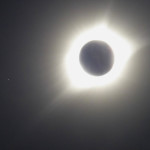
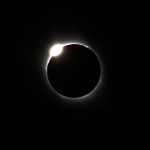
Prominences and Corona
Prominences
Regulus, Earthshine and Corona
Diamond Ring
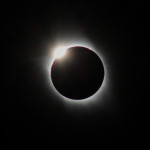
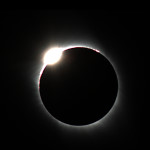
Diamond Ring and Prominences
Diamond Ring
Eclipse ended at 2:26 PM CDT
All pictures taken using eyepiece projection on Stellarvue SV80S APO with Vixen NLVW 30mm eyepiece and Pansonic Lumix DMC-ZS50 camera.
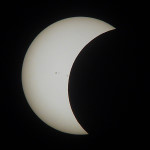
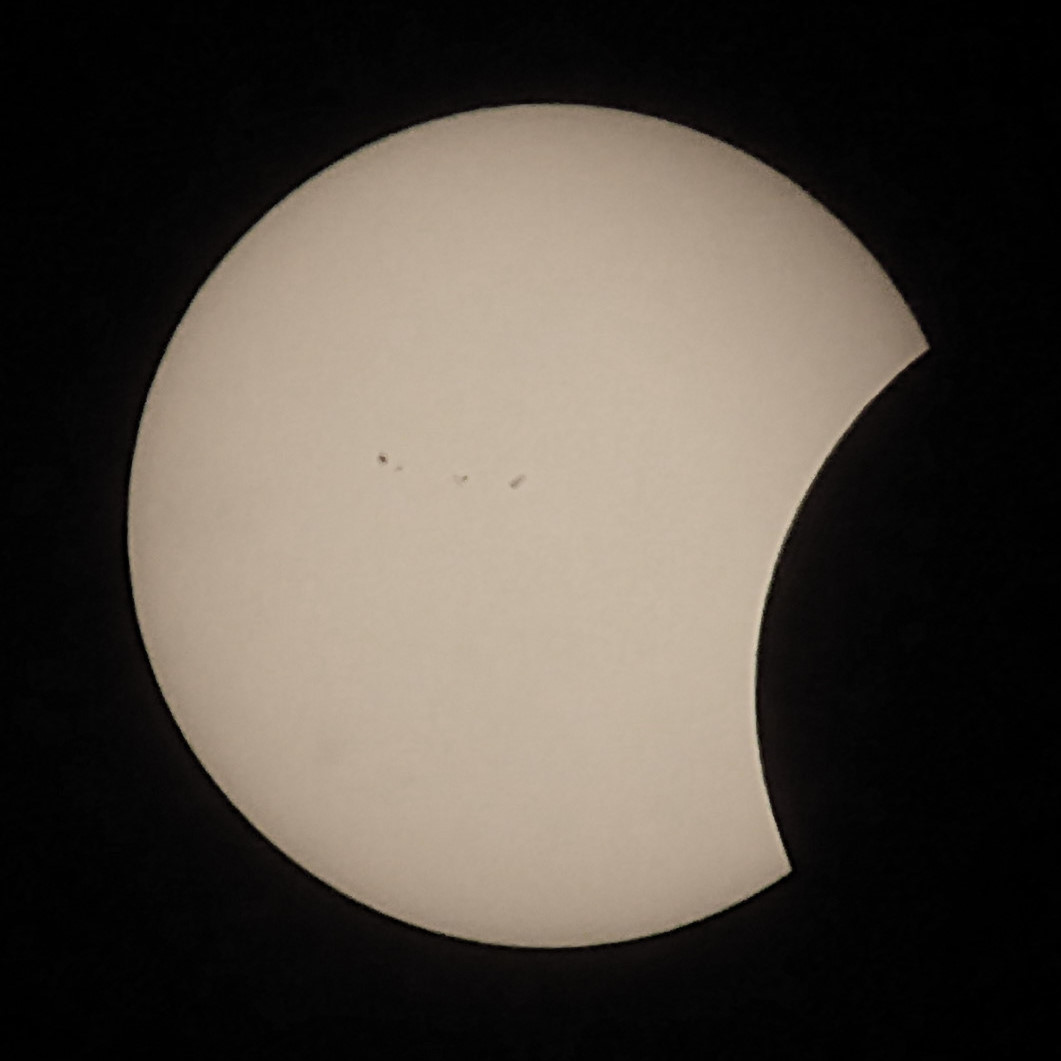
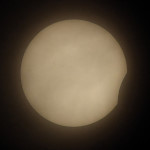
41%
22%
15%
Two cameras were used to photograph the eclipse.
Canon 60Da DSLR with a Sigma 18-250mm zoom lens set at 250mm f/8.0 and using various exposure times.
Panasonic Lumix DMC-ZS50 set to manual exposure for the eyepiece projections pictures and set to Program mode for the total eclipse picture.
The following equimpmet was used to view and photograph the total solar eclipse.
From left to right are as follows:
Charts showing where the eclipse was visible, timing of eclipse events and sky location of moon at mid-eclipse.
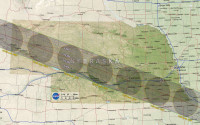
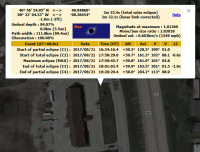
Link to web pages by other SMAS (Southern Maryland Astronomical Society) members.
- Walter Rison eclipse page.